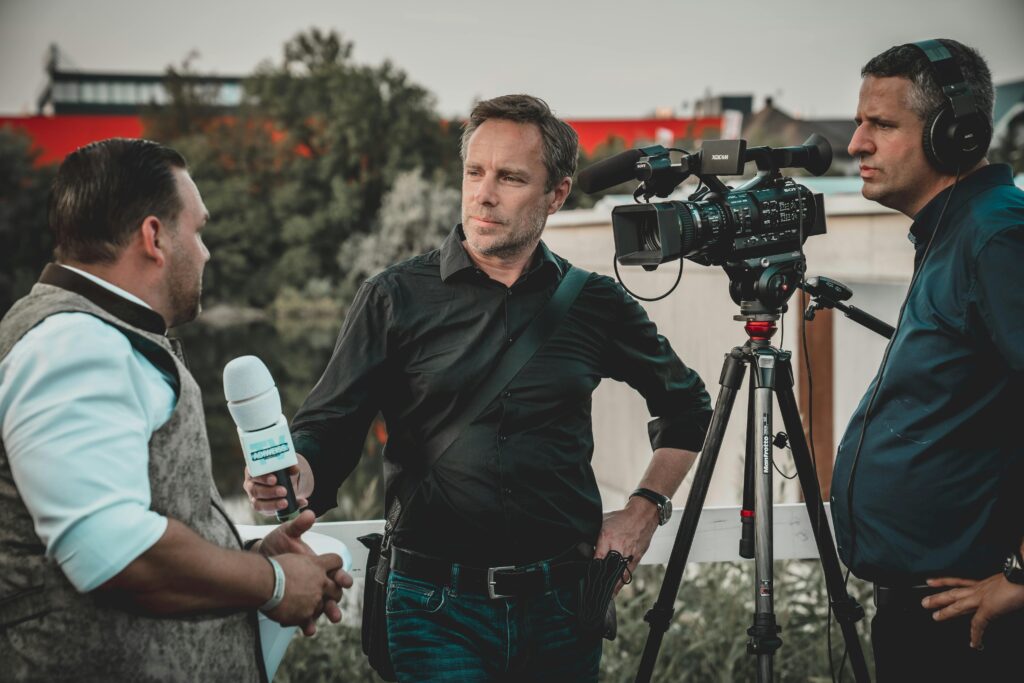The media is often seen as the guardian of truth — but even the most reputable outlets can fall for fabricated stories, hoaxes, or misleading narratives. Sometimes it’s the pressure of breaking news, sometimes it’s poor fact-checking, and other times it’s simply sensationalism that clouds judgment. Whatever the reason, these mistakes can spread like wildfire, shaping public perception and fueling misinformation.
Here are ten of the most ridiculous and embarrassing stories the media has amplified — and why they should remind us all to question what we read.
1. The Balloon Boy Hoax (2009)
The world watched in horror when news broke that a six-year-old boy was trapped in a runaway weather balloon. Cable news covered it live for hours, with breathless speculation. But when the balloon finally landed, there was no boy inside. He had been hiding at home the entire time. It turned out to be a publicity stunt orchestrated by his parents, making the media’s nonstop coverage look absurd.
2. The War of the Worlds Panic (1938)
Although often exaggerated, the myth that Orson Welles’ War of the Worlds radio broadcast caused nationwide panic has been repeated endlessly in media retrospectives. In reality, the audience for the broadcast was relatively small, and reports of mass hysteria were largely fabricated by newspapers eager to discredit radio as a competitor. Yet the story persists as one of the most famous “media panics” ever.
Learn more at Smithsonian Magazine.
3. Saddam Hussein’s “Human Shield” with Fake Twin Boys (1990)
During the Gulf War, photographs circulated of Saddam Hussein supposedly using two terrified Western children as human shields. The media seized on the story. Later, the boys’ family revealed that they had been posed for propaganda purposes, and the context had been manipulated. The emotional impact was real, but the reporting lacked critical scrutiny.
4. The “Face on Mars” (1976)
When NASA’s Viking 1 orbiter photographed a rock formation on Mars that resembled a human face, tabloids and even mainstream outlets ran with it as potential evidence of alien life. Later, better imaging showed it was nothing more than a trick of shadows. But the “Face on Mars” became a pop culture phenomenon — proof that sensational headlines can outweigh scientific caution.
5. The Rolling Stone UVA Scandal (2014)
Rolling Stone published a shocking investigative story about an alleged sexual assault at the University of Virginia. The story gained massive attention, but soon collapsed under scrutiny due to lack of corroboration and poor fact-checking. The fallout was devastating: lawsuits, retractions, and a major blow to journalistic credibility.
Read the full case breakdown at Columbia Journalism Review.
6. The Loch Ness Monster Surge (1930s–Present)
For decades, newspapers have published grainy photos and “eyewitness accounts” of the Loch Ness Monster. The infamous 1934 “Surgeon’s Photograph” was later revealed to be a hoax involving a toy submarine and a crafted head. Still, the media continues to revive the legend every few years, demonstrating how myths persist when they make good copy.
7. The Death of Paul McCartney (1969)
One of the strangest media-fueled myths was the rumor that Paul McCartney of The Beatles had died and been replaced by a lookalike. Fueled by supposed “clues” in album covers and songs, the story gained traction when radio DJs and newspapers began reporting on it. Of course, Paul was (and is) very much alive. But the media helped turn a college prank into an international conspiracy theory.
8. Weapons of Mass Destruction in Iraq (2003)
Perhaps one of the most consequential media failures in modern history: the widespread acceptance and amplification of the U.S. government’s claims that Iraq possessed weapons of mass destruction. Despite weak evidence, many major outlets repeated the narrative, which helped justify the Iraq War. When no WMDs were found, the credibility damage to journalism was immense.
9. The Crop Circle Craze (1980s–1990s)
Crop circles became a global media sensation, with outlets suggesting everything from alien messages to supernatural phenomena. The truth? Most were man-made hoaxes created with planks and ropes. While eventually debunked, the story sold papers and fueled countless late-night TV debates.
10. The “Shark in the Street” Hurricane Hoaxes (2010s–Present)
Every time a major hurricane or flood hits, social media circulates viral photos of sharks swimming through urban streets — and the media often amplifies them without verification. Despite repeated debunking, these fake shark photos resurface during nearly every natural disaster, showing how easily misinformation spreads in the digital era.
From fake monsters to fabricated scandals, the media’s history is filled with embarrassing missteps. These stories remind us that while news outlets strive to inform, they are also vulnerable to the lure of spectacle, speed, and sensationalism. As audiences, we must approach the headlines with a healthy dose of skepticism and demand better accountability from those who deliver the news.
Because if the media can fall for bullshit, so can we.
- Smithsonian Magazine – War of the Worlds
- Columbia Journalism Review – UVA Case
- BBC News – WMD Iraq Coverage
